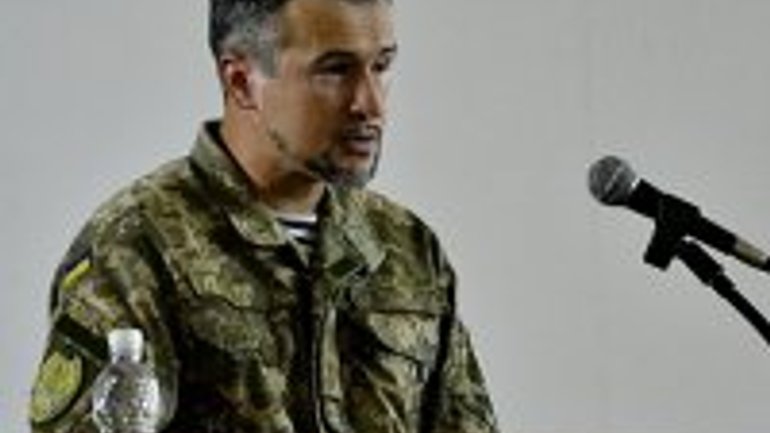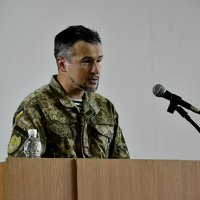Ministry of Defense counts around 600 chaplains

Ruslan Kohanchuk has said that under the quotas prescribed in Decree 40 of the Ministry of Defense for 2015, the Armed Forces of Ukraine need 344 military chaplains. But in general, since the beginning of the war, counting the chaplains, who stayed with the military servicemen and performed their ministry, Ruslan Kohanchuk collected data on 591 chaplains. “The most of priests, 295, come from the Ukrainian Orthodox Church-Kyiv Patriarchate, 123 chaplains come from the Ukrainian Greek Catholic Church. The Ukrainian Orthodox Church (Moscow Patriarchate) has only 9 chaplains. Several churches have priests who has come and gone, including about 30 priests. It is difficult to understand how much priests come from the Protestant churches because they sometimes conceal their denominations. We can make recommendations only to the priests of the churches belonging to the Council of pastoral care at the Ministry of Defense. It includes the churches whose faithful are in the Armed Forces,” said the officer. Ruslan Kohanchuk said that “representatives of Protestant churches began to criticize us for those requirements to the chaplain that we established, as they did not comply with some of them.” For example, one of the requirements was that a military chaplain was recommended by the denomination to which he belongs, and not any other one. Another requirement is the theological education and ordination to the priesthood. In the Protestant concept the priesthood is universal, so they shall not necessarily be ordained. Also chaplains are forbidden to kill and shed blood. But Protestants have the opportunity of withdrawing the priesthood. In this case Protestant becomes an ordinary layman who can go and fight, and may return again to be a pastor if he meets their criteria. This does not fit in either the vision of the traditional Churches, nor the European model of chaplaincy. “Because when he shoots and kills, it means they start to shoot and kill chaplains. Then they will be considered the military, but they are “not belligerent,” said the officer. However, there are cases when a priest takes to arms: “There was a case where a Protestant priest died. They were expelled from their church in Luhansk - a priest and some of his faithful. They went and just signed a contract as soldiers. There was combat action and he died in Pisky. As for those chaplains of volunteer battalions, which are not included either to the Armed Forces or to the National Guard, there is a different situation: “Someone has developed some simple human relations. There are specific priests who come to their faithful who are in those battalions ... sometimes such priests make loud statements that do not correspond to the position of the Church. But they work, and if a particular Church does not impose a ban on them, it means it agrees with their activities.” In an interview with Apostrof, Ruslan Kohanchuk, Senior Officer for relations with community and religious organizations and patronage to the Department of social and humanitarian policy of the Ministry of Defense of Ukraine has told how many military chaplains there are in Ukraine, why some priests cannot get a chaplain’s status and what circumstances have forced some ministers to take up arms, Religion in Ukraine reports.
In an interview with Apostrof, Ruslan Kohanchuk, Senior Officer for relations with community and religious organizations and patronage to the Department of social and humanitarian policy of the Ministry of Defense of Ukraine has told how many military chaplains there are in Ukraine, why some priests cannot get a chaplain’s status and what circumstances have forced some ministers to take up arms, Religion in Ukraine reports.
Ruslan Kohanchuk noted the difference between chaplains from clergymen and volunteers. The first come and live among the military three weeks or more. The second come to the front and stay there a maximum of 10-14 days. They provide spiritual care, but do not always get in one and the same brigade on a permanent basis.









